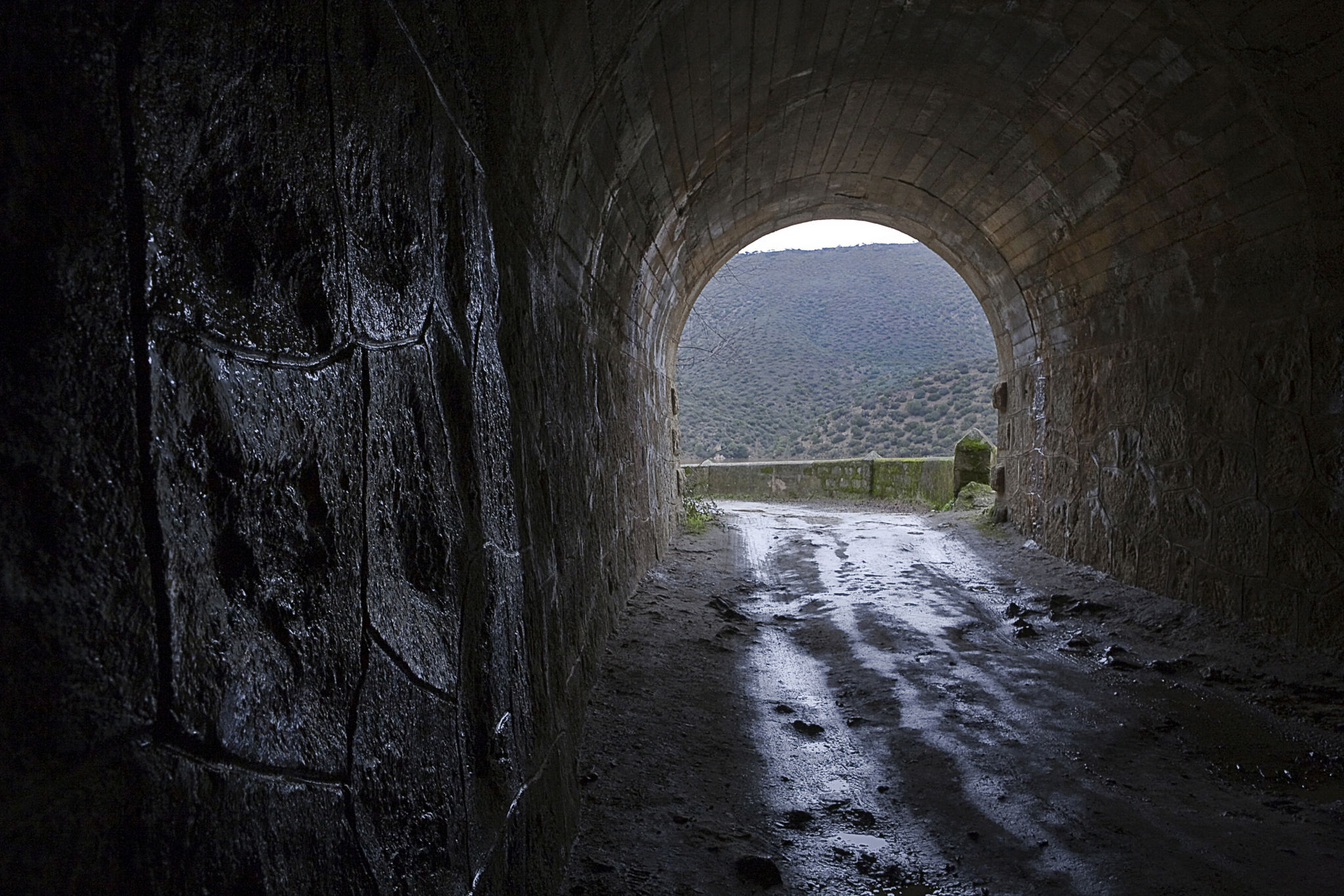Expert Insights: The Role of Hydro Excavation in Modern Construction
Understanding Hydro Excavation
Hydro excavation is revolutionizing the construction industry by offering a safe and efficient alternative to traditional excavation methods. This technique uses high-pressure water jets to break up soil, while a powerful vacuum system removes the debris, allowing for precise and non-destructive digging. The process is particularly beneficial in urban environments where underground utilities are dense and the risk of damaging them is high.

The ability to minimize the risk of damage to existing infrastructure makes hydro excavation a preferred choice in many projects. It is not only safer but also environmentally friendly, reducing the likelihood of soil contamination and erosion. As a result, hydro excavation is becoming increasingly popular for a variety of applications, from potholing and trenching to the installation of underground pipelines and cables.
Benefits of Hydro Excavation
One of the primary advantages of hydro excavation is its precision. Traditional methods often involve heavy machinery that can inadvertently damage surrounding areas, leading to costly repairs and project delays. Hydro excavation, on the other hand, allows for pinpoint accuracy, ensuring that only the targeted area is affected.
This precision translates to improved safety on construction sites. By reducing the risk of striking underground utilities like gas lines or electrical cables, hydro excavation significantly diminishes the chances of accidents and injuries. This not only protects workers but also prevents service interruptions that can affect entire communities.

Environmental Impact
Hydro excavation offers several environmental benefits. It uses water as the primary medium for excavation, which reduces dust and air pollution compared to mechanical methods. Moreover, the process is less invasive, preserving the integrity of surrounding soil and vegetation.
By minimizing the disturbance to the environment, hydro excavation helps construction projects comply with environmental regulations and standards. This is particularly important in areas where preserving natural habitats is a priority, ensuring that projects proceed without adversely affecting the local ecosystem.
Applications in Modern Construction
The versatility of hydro excavation makes it suitable for a wide range of construction activities. It is commonly used for:
- Potholing or daylighting to expose underground utilities.
- Trenching for the installation of pipes and cables.
- Debris removal and cleanup in confined spaces.
Additionally, hydro excavation plays a crucial role in cold climates where traditional digging methods may be hindered by frozen ground. The warm water used in hydro excavation can easily penetrate and excavate frozen soil, allowing construction projects to continue year-round.

Future Prospects
As technology advances, the efficiency and capabilities of hydro excavation are expected to improve even further. Innovations in equipment design and water recycling systems are likely to enhance the process, making it faster and more sustainable.
The growing emphasis on safety, precision, and environmental responsibility in construction means that hydro excavation will continue to gain traction. As more industries recognize its benefits, hydro excavation is poised to become an integral part of modern construction practices worldwide.
